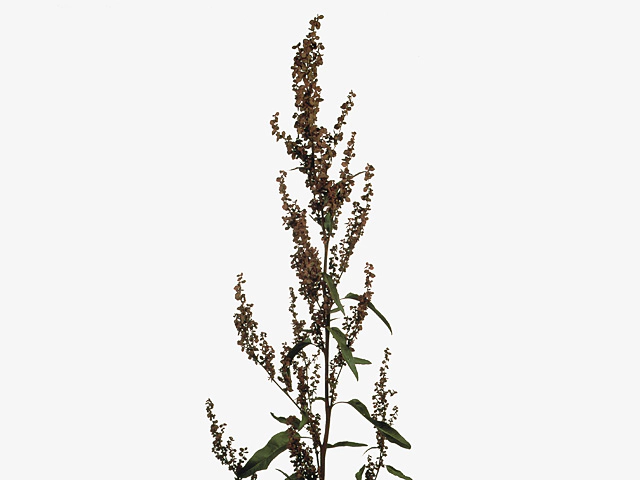Atriplex

Atriplex, commonly known as saltbush, is a genus of plants that belong to the family Amaranthaceae. These plants are native to various regions, including North America, Europe, Asia, and Australia. Atriplex species are well-adapted to harsh and saline environments, making them ideal for coastal areas and arid landscapes.
One of the remarkable features of Atriplex plants is their ability to tolerate high levels of salt in the soil. This unique adaptation allows them to thrive in areas where other plants would struggle to survive. The leaves of Atriplex species are often covered in a thick layer of salt crystals, which acts as a protective barrier against excessive salt absorption.
Aside from their salt tolerance, Atriplex plants are also known for their attractive appearance. Many species have small, succulent-like leaves that form dense, bushy foliage. The leaves come in various shades of green, ranging from light silver to dark green. Some species, such as Atriplex halimus, have silvery-white leaves that provide a striking contrast to the surrounding landscape.
In addition to their ornamental value, Atriplex species also have practical uses. Historically, these plants were utilized by indigenous communities as a food source. The young leaves were boiled or steamed and added to soups and stews. The seeds of some Atriplex species were ground into flour and used to make nutritious bread.
Another significant benefit of Atriplex plants is their potential for soil improvement. As nitrogen-fixing plants, they have the ability to convert atmospheric nitrogen into a form that can be utilized by other plants. This process, known as nitrogen fixation, helps enrich the soil with essential nutrients, making it more fertile for other crops.
Furthermore, Atriplex plants serve as a refuge and food source for various wildlife. The dense foliage provides a safe habitat for birds, insects, and small mammals. The seeds and foliage of these plants serve as an important food source for many herbivorous animals, including rabbits, deer, and sheep.
In recent years, there has been an increased interest in utilizing Atriplex species for land reclamation and environmental restoration projects. These plants have shown great potential in rehabilitating degraded soils, particularly in areas affected by salinity and desertification. The extensive root systems of Atriplex species help stabilize the soil, prevent erosion, and improve water infiltration.
Overall, Atriplex plants are not just visually appealing but also possess remarkable adaptability and ecological benefits. Their ability to thrive in challenging environments and improve soil quality make them valuable assets for various landscaping and conservation purposes. Whether in a garden, a coastal area, or a restoration project, Atriplex species add both beauty and functionality to the landscape.
Market availability index by month:
| Jan. | Feb. | Mar. | Apr. | May | Jun. | Jul. | Aug. | Sep. | Oct. | Nov. | Dec. |
|---|---|---|---|---|---|---|---|---|---|---|---|
| 4 | 3 | 3 | 3 | 3 | 2 | 2 | 1 | 1 | 2 | 3 | 3 |